Sustainability
with notes from our Sustainability leaders
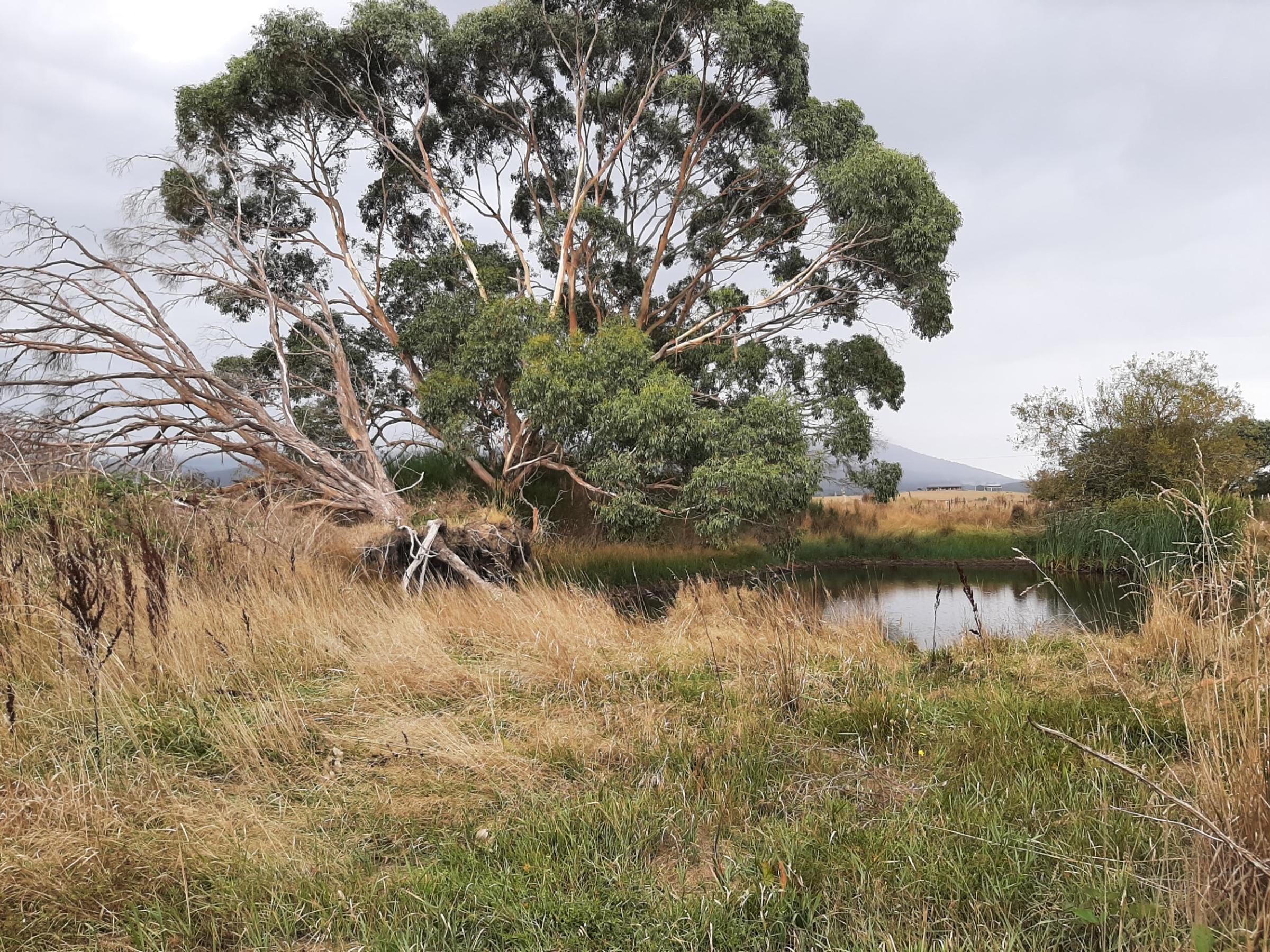
Sustainability
with notes from our Sustainability leaders
For our frog pond revamp, Lyn from Sunbury Bunnings donated a great pond that is deeper, so that the water will remain cooler with less chance of evaporating over summer.
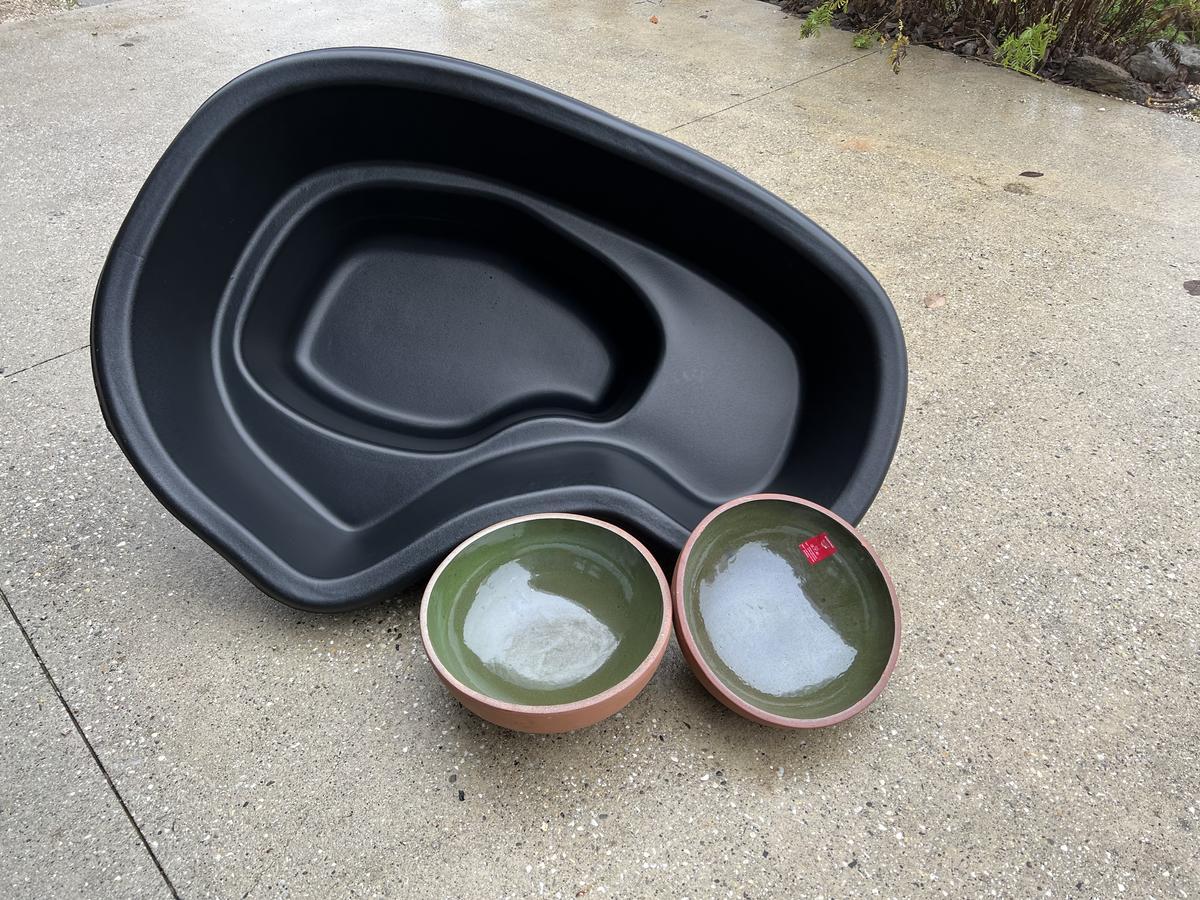
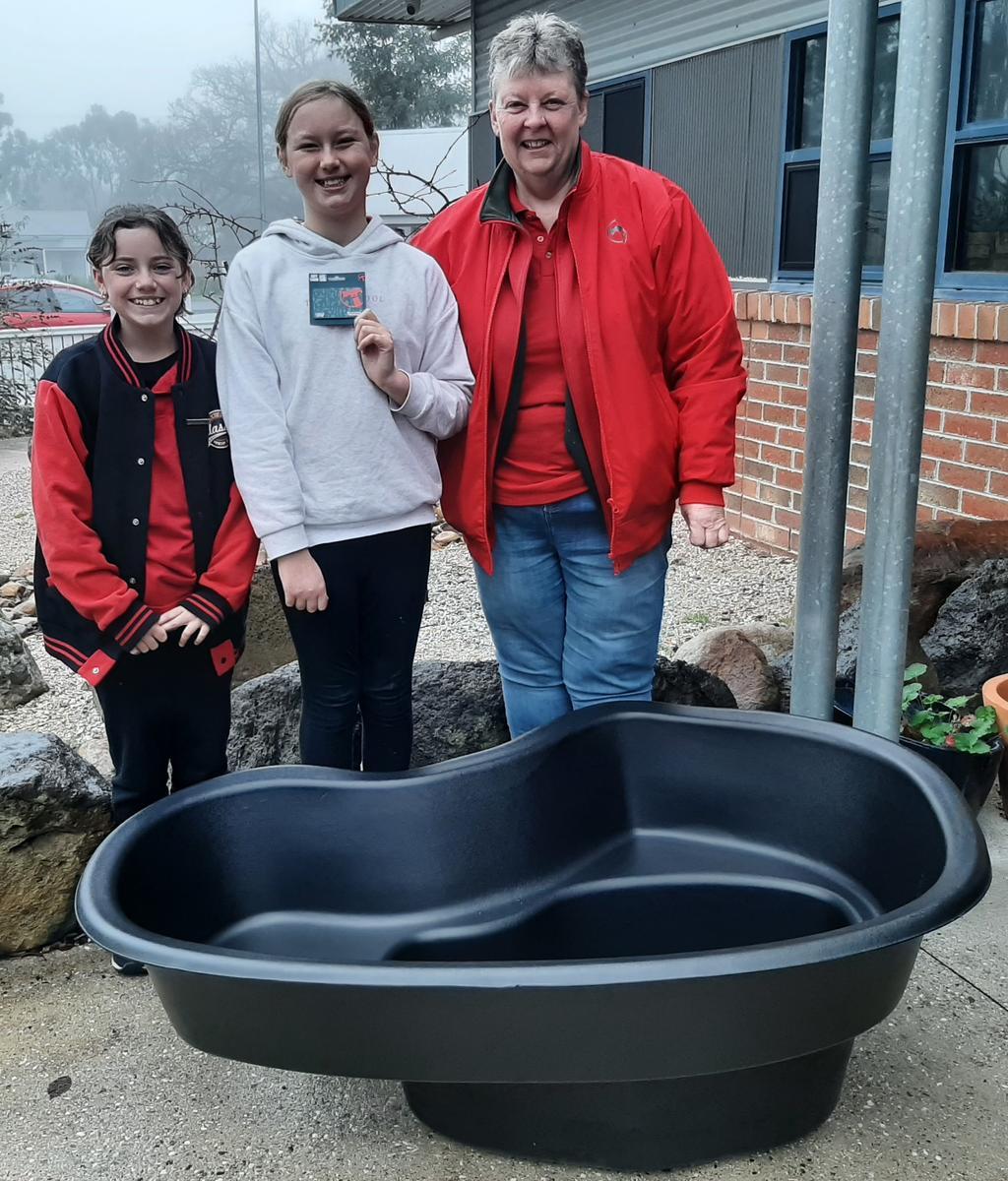


Here are some cross-section drawings of the current pond as it is now, with a shallow base, and the proposed improvements with the deeper pond, surrounded by a bog.
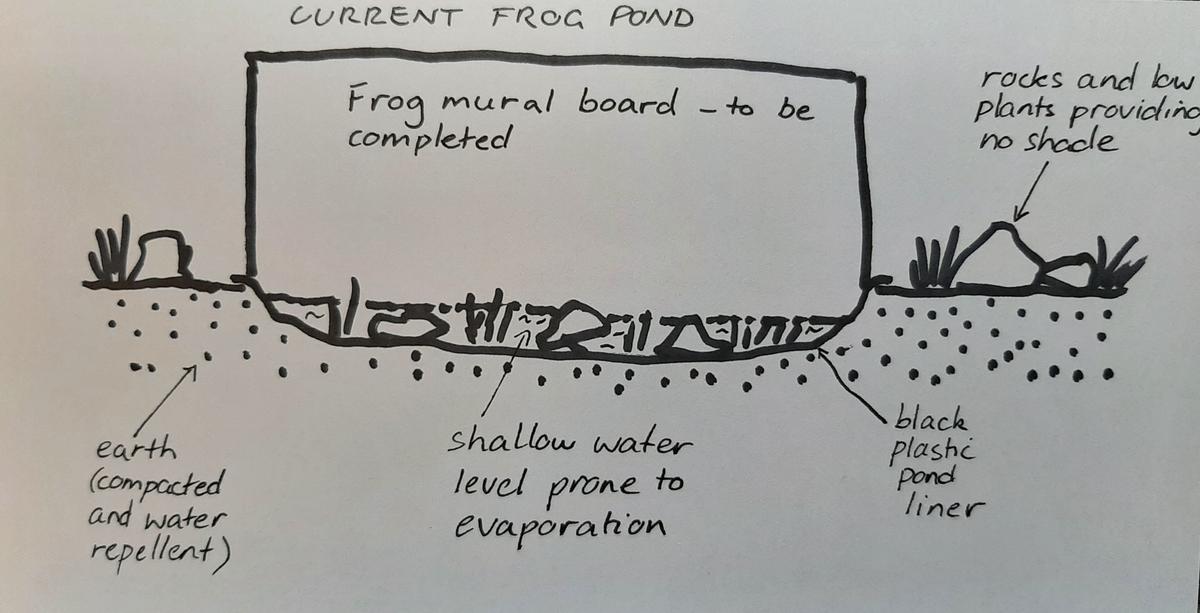

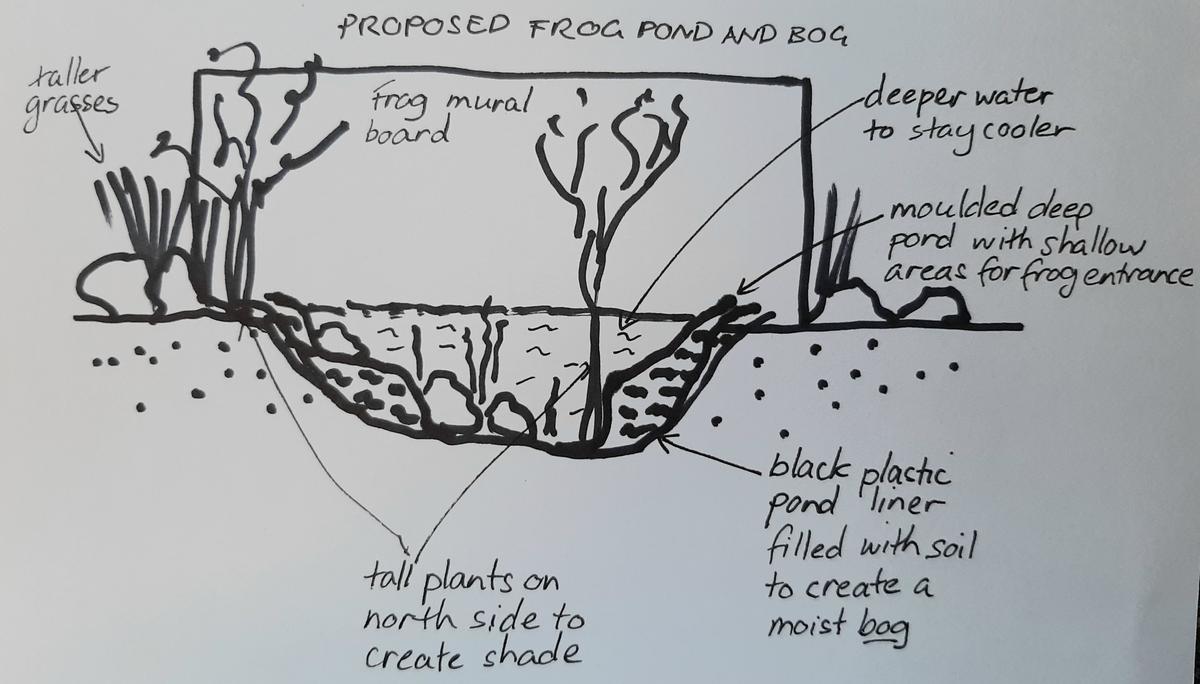

We are hoping to have a planning meeting soon. If you are interested in being involved in this project, please let the office or Libby Fullard know.


Yesterday, Dean from Melbourne Water came to sign off on the removal of the willows from our creek, in preparation for the planting of 355 indigenous species on Tuesday 12 September. Dean and Libby walked along the length of the creek on the school boundary. Dean has great knowledge of healthy waterways and was really happy to see the type of vegetation growing. He commented on the fact that the type of plants that have established themselves there, and their growing pattern, made for a healthy creek and excellent habitat for wildlife.
With the removal of the willows and the revegetation of the land at the front of the school along the creek, the entire length of the creek will be healthy. Dean explained that the mixture of 300 grasses and rushes, and a small number of woolly tea-tree, blackwood wattles and swamp gums, would transform the creek bank and improve the quality of water. Planting rushes and sedges on the fringes of the creek help filter and clean the waterway. Melbourne water also intends to provide funding for further planting and weed management for next year, once these plants are established.
Willows are trees that provide oxygen for us to breathe, shade, places for birds and other animals, and in some instances, erosion control. However they have a detrimental effect on creeks and waterways, changing the structure of a creek by narrowing and levelling the watercourse. A healthy waterway is one that meanders, with deeper pools and winds its way through the landscape.
In the past, willows were widely planted along creek banks for erosion control in the belief that their fibrous roots would hold the bank together.
In most cases, willows do this job too well. They have massive networks of fibrous, surface roots that grow out into the water. These root mats trap sediment in the creek and hold it in place. Over time this has the effect of narrowing the stream channel and filling in the deep holes . . .
Another problem with willows is their deciduous leaves. In autumn the leaves fall off the tree over a very short time, ending up in the creek. As they decay they take all the oxygen out of the water, resulting in the death of fish and invertebrates. The original native trees would lose a few leaves all through the year with no sudden loss of oxygen.


As part of our dress for the weather campaign, Newham Primary School has ordered 100 Newham beanies to keep little and big heads warm. The beanies will hopefully arrive within four weeks, ready for sale at the office. They will be sold for $17 each. The aim is to cover costs and make a small profit to enable the school to install some kind of sustainable (long-lasting), animal-safe netting for our soccer goals.
We will even have enough beanies to sell to the community. Although Winter may be over, there is still likely to be many chilly mornings and nights!
Watch this space for the arrival of the beanies.
Common Eastern Froglet
Description
Common Froglets can grow up to 3 cm long and vary in colour. The most common colour of this species is grey, brown or black with some displaying dark bands and irregular patches of colours over their body. Their belly can also be grey or white with darker flecks.
Diet
These frogs feed on a diet of small insects, including mosquitoes, moths, caterpillars, cockroaches and flies.
Habitat
Common Froglets can be found in streams, ponds, dams and flooded ditches. They generally shelter under logs and leaf litter (where they are well camouflaged), and in debris around the edges of swamps and ponds. They are found in almost all habitats from mountains to the coast, covering flood plains, forest, grasslands, open and disturbed areas.
Breeding
The Common Froglet breeds throughout the year, except during mid summer. The male frog calls for a mate from cover at the edge of the water body. When mating, the male clasps onto the back of the female and fertilises the eggs as she lays them. Up to 150 small eggs are laid in separate bunches on submerged plants in still or slow moving water. Development from egg to frog can take place in as little as 7 weeks.
Text State of Victoria wildlife.vic.gov.au